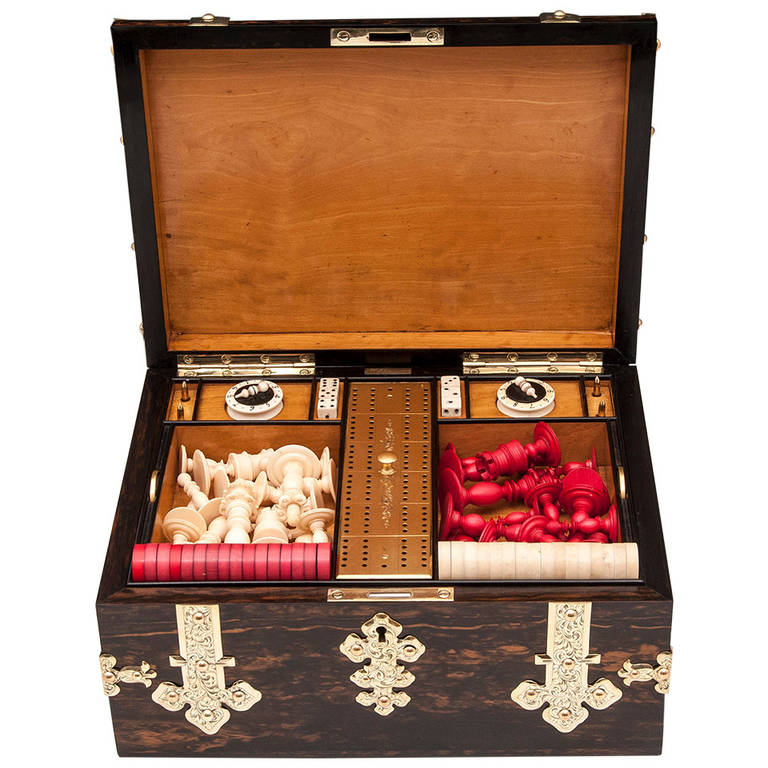

Wny the C# the 9th is beyond me but I suspect it was a bow to Art as it just "looks right". Anyone playing the instrument is going to get used to whatever is there anyway. Then again, you end up using that 9th fret note on the 1st string quite a bit, so. Sometime in this period the tuning moved up* a whole step to gCGBD (with gDGBD being merely a variant until the 1950's). Now the inlays make much less sense, although the movement of the 9th to the 10th creates a more sensible spot (F chord). If we consider that in the classic-banjo world, Ab (third fret barre) is fairly common when playing with the piano.maybe the layout isn't all that crazy. Of course, modern banjoists are rarely taught to read the fretboard for specific notes, so the Inlay pattern has reverted to merely a position guide and some nice artwork. *The Brits started tuning to gCGBD well ahead of Americans. Even though we followed in the late 1870's, Stewart was whining about the "dangers" of "dumbing down" to the C notation in the mid 1880's. He thought making his students learn to transpose from the A notation made them smarter (better?) musicians. In Nashville the old saying is "There's no money above the fifth fret."Įarly guitars had no dots - classical guitars still don't. The early guitars were routinely twelve fret necks.

So you didn't need a dot at the 12th fret. A dot at the fifth fret made sense, as that delineates a perfect fourth.


 0 kommentar(er)
0 kommentar(er)
